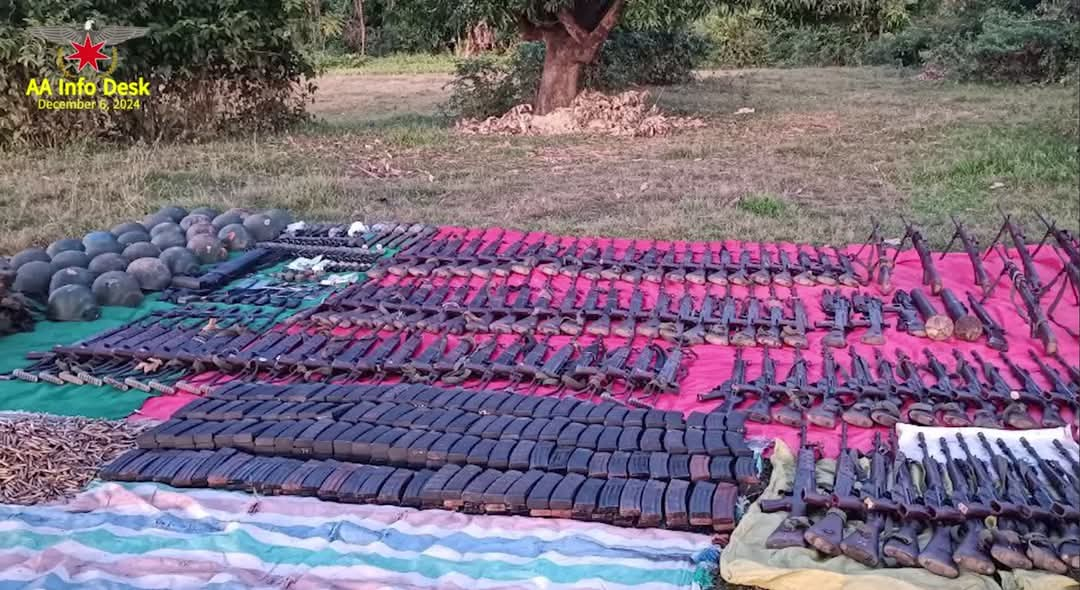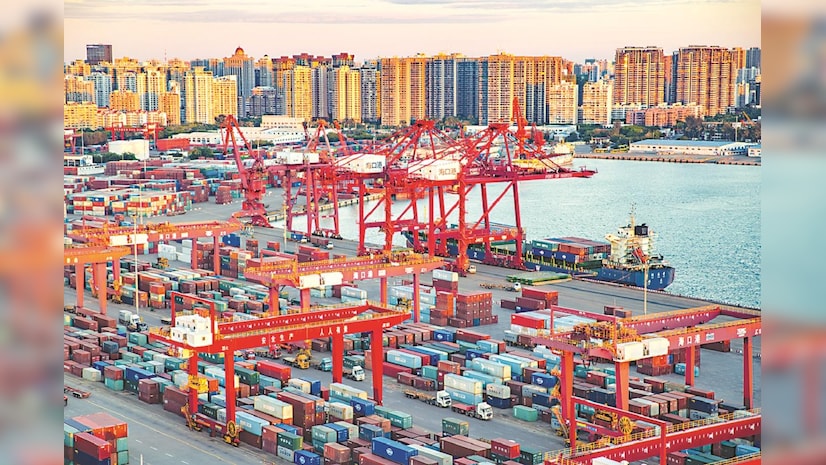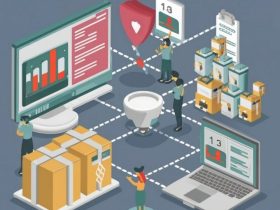
Morocco’s Main Imported Goods
Morocco, strategically located at the crossroads of Europe, Africa, and the Middle East, relies on imports to meet various economic and consumer needs. The country’s import portfolio reflects its development priorities, industrial demands, and the consumption patterns of its population. Key imports include machinery, fuels, vehicles, electronics, and agricultural products.
1. Machinery and Equipment
Industrial machinery and equipment dominate Morocco’s imports. This includes machinery for manufacturing, construction, and agriculture. The demand stems from the country’s ambitious industrialization efforts, particularly in sectors like automotive and aerospace. Morocco’s growing focus on renewable energy has also led to increased imports of solar panels and wind turbines.
2. Fuels and Energy
As Morocco has limited natural fossil fuel resources, it imports a significant amount of crude oil, refined petroleum products, and natural gas. These imports support the energy needs of industries, transportation, and households. The government’s emphasis on diversifying energy sources has also led to investments in liquefied natural gas (LNG).
3. Vehicles and Automotive Components
Vehicles, including passenger cars, trucks, and buses, form a substantial part of Morocco’s imports. In addition to finished vehicles, the country imports automotive parts and components to support its thriving automotive assembly and manufacturing industry, which serves both local and export markets.
4. Electronics and Electrical Equipment
Consumer electronics such as mobile phones, computers, and televisions are in high demand in Morocco. The country also imports electrical components for industrial use, including cables, circuit boards, and semiconductors, which are essential for manufacturing and infrastructure projects.
5. Agricultural Products
Despite its strong agricultural base, Morocco imports food products to supplement domestic production. Key imports include wheat, corn, sugar, and vegetable oils. These commodities are essential for meeting the dietary needs of Morocco’s growing population and for food processing industries.
6. Chemicals and Pharmaceuticals
Morocco imports a wide range of chemicals used in industries such as textiles, agriculture (fertilizers), and manufacturing. Pharmaceuticals are another major import category, driven by the need for medicines and medical equipment for healthcare facilities.
7. Textiles and Fabrics
While Morocco is a significant exporter of garments, it relies on imported fabrics, yarns, and textiles to supply its booming apparel industry. These imports are critical for maintaining its position in the global textile market.
8. Metals and Raw Materials
Morocco imports metals such as steel, aluminum, and copper for its construction and manufacturing sectors. These materials are essential for infrastructure development, which is a key focus of Morocco’s economic strategy.
9. Technology and IT Equipment
The rise of digitalization in Morocco has led to increased imports of IT equipment, including servers, routers, and data storage devices. These are crucial for expanding Morocco’s technology infrastructure.
Conclusion
Morocco’s imports reflect its economic structure, with a balance between consumer goods and industrial inputs. The government continues to invest in policies to enhance domestic production and reduce dependency on imports, especially in critical sectors such as energy and agriculture. However, imports remain vital for supporting the country’s dynamic economy and its position as a regional trade hub.




Leave a Reply